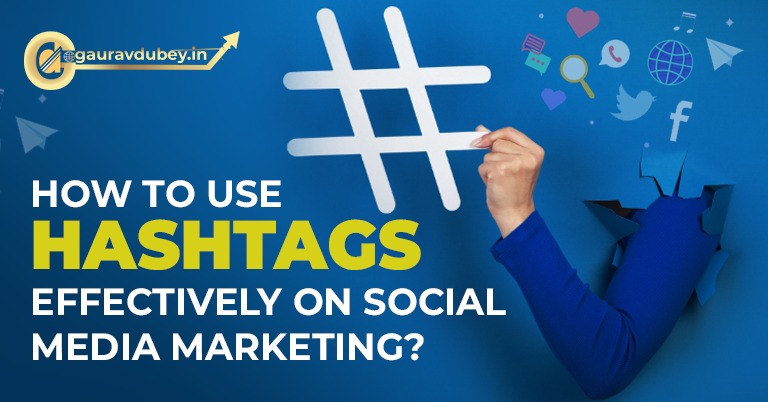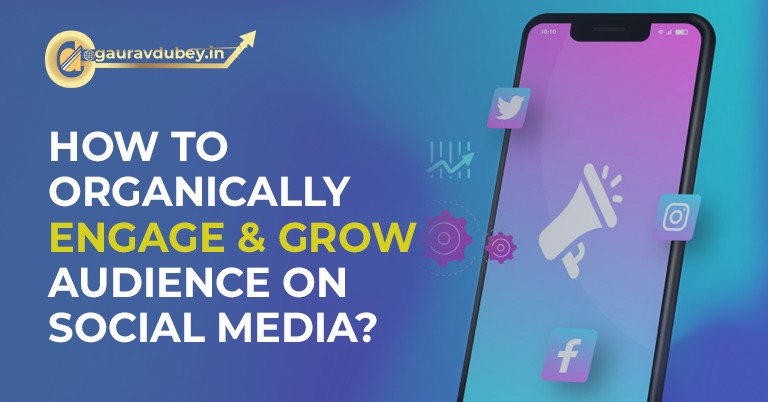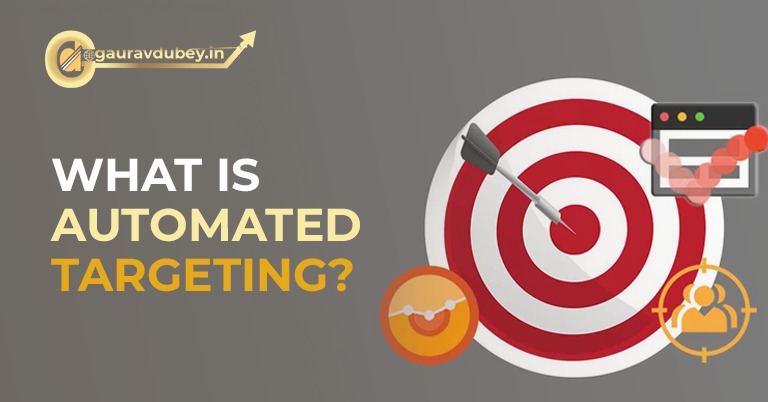How to Add Facebook Pixels in Facebook Ads?
The Facebook pixel is your ticket if you’ve ever wanted to watch your clients as they navigate across your website. A Facebook pixel is a small piece of code that you can add to your website to track user behavior. Picture it as an invisible tracking device. It is used by businesses and marketers to make data-driven decisions about their Facebook advertising campaigns. Place the pixel on your website, test it to make sure it’s working, and then start your ad campaign. Step-by-Step Facebook Pixel Setup The Facebook pixel is a really effective tool, but it does necessitate some technical expertise. The Facebook pixel for 2018 is thankfully the most user-friendly one yet, and you only need one pixel to track multiple types of data. You will use the same pixel across all of your websites if you manage multiple properties because there is only one pixel allotted for each Facebook ad account. Before discussing how to use the pixel to improve your Facebook campaigns and boost conversions, we’ll review exactly how to set up your pixel. 1. Make your pixel first. Choose “Create a Pixel” under Events Manager after signing into Facebook Ad Manager. 2. Pick a method for setting up your pixels. Your option for installing the pixel will be presented to you by Facebook. The first approach is the simplest, but it’ll only function if you’re utilizing one of the website platforms stated there. You can choose to manually install the code yourself if you’re, no problem. 3. Write the pixel code down. Copy all of the pixel code from Facebook’s display into a new document or your clipboard after it appears. 4. Add the pixel code to the website header. It’s time to insert the pixel code into your website. The code must be placed in your theme’s or universal header in order to be shown on every page. This is crucial when we start tracking user behavior on various pages of your website later on when we get into the specifics. 5. Verify that your pixel is operational. Go return to Facebook Ads Manager and verify the status of your pixel after saving and publishing your page or website again. If it was pasted correctly, it should display “active” after a few minutes. The Facebook Pixel Helper Extension might assist you if you’re experiencing difficulties when using Chrome. Increasing Conversions Using Your Facebook Pixel The development of custom audiences for retargeting and bespoke conversions (or “events”) are the two critical features of the Facebook pixel. It’s interesting to note that your pixel shares data about everyone who visits your page, making it a potent marketing tool. It doesn’t just report user behavior related to your Facebook campaigns. Let’s discuss more the Facebook pixel’s “custom conversions” feature as this article is all about conversions. The Best Friend of the Advertiser: Custom Conversions You can direct Facebook users to take a particular action when they visit specific pages using Facebook Custom Conversions. By doing so, you may determine whether your campaign is succeeding in its intended purpose. These are these deeds: See website Search Carte blanche Make a wish list Begin Checkout Information about payments should be added Purchase Produce leads Full registration For instance, if you’re getting plenty of ad clicks and content views but no sales, your offer probably needs to be adjusted even though your ad content is excellent. A Facebook ad has to be optimized if you’re making sales but your customers aren’t coming through Facebook ads. Steps for Configuring a Custom Conversion Because Facebook currently has a cap on the number of custom conversions you may set up and doesn’t let you delete them, it’s a good idea to prepare them ahead of time. Setting up customized conversions: On your Facebook Ads Manager page, click the three horizontal bars (the menu button). Select “Custom Conversions” 2. “Paste the domain of the page you want to set a custom conversion for under “Rule” (without the “http” and “www” symbols). Give the custom conversion a name. Pick a category that best describes the action you want visitors to this page to take. The Facebook pixel is definitely worth the effort, even though there is always a learning curve with today’s advertising techniques. The pixel gives you all the tools you need to make excellent Facebook ad content that truly generates results by delivering in-depth information about the behavior of your customers.
How to Add Facebook Pixels in Facebook Ads? Read More »









